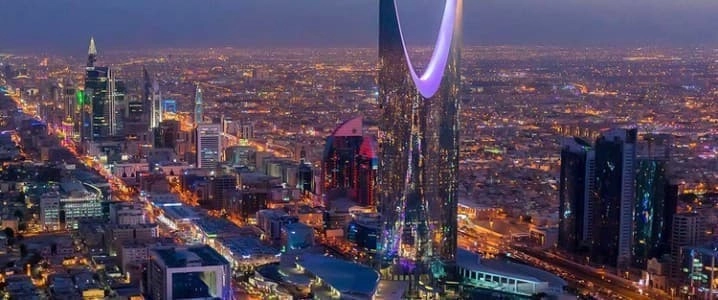- Saudi Arabia is accelerating its renewables push with $8.3 billion worth of new solar and wind projects totaling 15 GW, led by ACWA Power, Aramco Power, and state entities.
- The Kingdom aims to displace 1 million barrels per day of crude oil used in power generation, freeing up more oil for exports.
- Despite the energy transition, Saudi leaders stress oils continued role in a volatile global market, framing renewables not as a replacement but a complement to their dominant oil production strategy.

Saudi Arabia seeks to raise its solar and wind power capacity with multi-billion-dollar deals.
The Kingdom, the worlds top crude oil exporter, wants to develop all forms of energy, diversify its economy from oil, and replace oil in power generation with renewables and natural gas.
The Saudis are not abandoning their primary role in global oil production and supply. But the more renewables they install, the more fuel for direct crude burn for power generation could be displaced, to free up more barrels of oil for exports.
In one of the latest examples of Saudi Arabias advance in renewables, utilities giant ACWA Power and the power unit of state oil giant Aramco signed this weekend agreements for seven new solar photovoltaic (PV) and wind projects with a total capacity of 15 gigawatts (GW) and investments of about $8.3 billion (31 billion Saudi riyals), the official Saudi Press Agency reports.
The agreements were signed with a consortium led by ACWA Power as the main developer, in partnership with the Water and Electricity Holding Company (Badeel), owned by the Public Investment Fund, the sovereign wealth fund of Saudi Arabia, and Aramco Power, owned by Saudi Aramco.
Related: OPEC Claims the World Needs $18.2 Trillion in Oil and Gas Investments by 2050
The signing of these agreements represents the largest capacity globally signed for renewable energy projects in a single phase, the Saudi state news agency said.
It confirms the Kingdoms continued leadership in developing renewable energy infrastructure and achieving globally competitive costs of electricity production per kilowatt-hour, due to efficient financing and development models, as well as growing investor confidence in the Saudi investment environment.
Last year, Saudi Arabia launched a massive geographical survey to study the best locations for solar and wind power projects, as part of its goal to boost the share of renewable energy in its electricity mix.
The Kingdom aims to have about 50% of power generation coming from renewables by 2030, as well as have total installed renewable energy capacity of 130 GW.
As of October 2024, Saudi Arabia had 44 GW installed and another 20 GW expected to be installed within months.
Saudi Arabia is also implementing a Liquid Fuel Displacement Program, which aims to displace 1 million barrels per day (bpd) of liquid fuels in power generation.
The Kingdom currently relies heavily on direct crude burn for electricity generation. Replacing part of that domestic crude demand will leave more barrels for exports and stockpiles, with which Saudi Arabia as leader of OPEC and the OPEC+ alliance can influence supply to the global oil markets.
The transition to renewables in domestic electricity generation doesnt mean the worlds largest crude oil exporter is abandoning its oil production capacity goals.
As Saudi Arabia prepares to tender 44 GW of renewable energy projects, it will maintain its oil-producing potential to ensure global energy security, officials from the Kingdom said at the annual investment forum in Riyadh in October.
Saudi Arabia will keep its maximum sustainable capacity of 12.3 million barrels per day (bpd) going forward. By 2027, the Kingdom will have more than 1.1 million bpd of production of oilfields currently under development, which are expected to offset the natural decline of legacy fields.
Even with the ambitious program to boost renewables and power grids, Saudi Arabia is not abandoning its preeminence in the global oil markets.
While the world is moving towards an energy transition, all forms of energy will be absolutely needed to ensure global energy security, said Saudi Arabias Energy Minister, Prince Abdulaziz Bin Salman.
We are committed to maintaining 12.3 million of crude capacity and we are proud of that, the minister said.
Saudi Aramcos President and CEO, Amin Nasser, last month said that Reality has revealed a transition plan thats been oversold and under-delivered for large parts of the world, especially Asia.
Each country must have a flexible, tailored energy strategy they can deliver based on what they can afford, Nasser said, adding that the world needs to accept that transition will not be smooth sailing or pain-free, especially in an increasingly volatile and uncertain world.
By Tsvetana Paraskova for Oilprice.com
More Top Reads From Oilprice.com:


